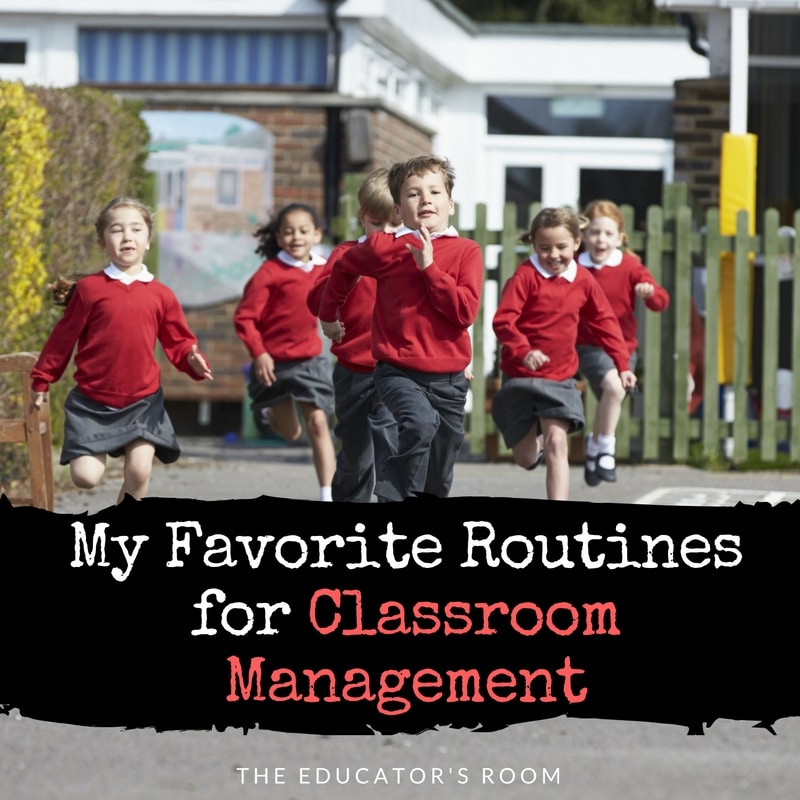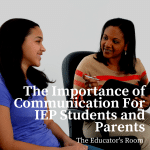I am all for getting students to try new things and push their boundaries once in a while, but I don’t think it will come as a surprise that one of the best ways to manage a class is to establish routines and then stick to them. Students know what to expect, they feel comfortable with the work and expectations, and you don’t have to spend time every day explaining what they should be doing.
It took me years to establish my routine for classroom management—I’d add something new, and sometimes it would stick, and sometimes it wouldn’t.
I made a few mistakes along the way.
After getting many recommendations from other AP teachers, I tried using a page of Nancy Dean’s book Voice Lessons at the beginning of every class. It seemed like a great way to focus on close reading. But it took too long, and I didn’t like dedicating so much class time to pieces that we weren’t even studying in class. I also found the questions awkward, so I switched to using passages that I chose from the texts we were studying in class.
I spent years getting students to shift their seats every day, following a rotating pattern. I still maintain that it was a brilliant idea—they got a new perspective and a new neighbor every day. But it was confusing and awkward and too much for students to remember at the beginning of class.
But through all that trial and error, there are a few routines that I have stuck with and love.
I always start every class with a MUG shot. The name is a little cheesy, but the concept is great. It’s a book put out by WriteSource that has five sentences on each page, all with common grammar mistakes. We do one sentence at the beginning of every class. Students keep their sentences in their interactive notebook so they don’t get lost. They open up to the page, try to find the mistakes, and, perhaps most importantly, I take attendance. Before I started using MUG shots I literally forgot to take attendance for two years. (Luckily I was working at a very small school where I saw my students all day long.) Then we go over the mistakes, I give some participation points to students who have taken guess on answers, and that’s it. I once tried giving quizzes on the concepts, but that was a spectacular failure, so I stopped.
[fusion_builder_container hundred_percent=”yes” overflow=”visible”][fusion_builder_row][fusion_builder_column type=”1_1″ background_position=”left top” background_color=”” border_size=”” border_color=”” border_style=”solid” spacing=”yes” background_image=”” background_repeat=”no-repeat” padding=”” margin_top=”0px” margin_bottom=”0px” class=”” id=”” animation_type=”” animation_speed=”0.3″ animation_direction=”left” hide_on_mobile=”no” center_content=”no” min_height=”none”][bctt tweet=”I always start every class with a MUG shot.” username=”EducatorsRoom”]
We usually move on to a homework quiz after that. I hand out quartered pieces of paper, I come up with a few questions on the spot (or if I have time, I check my questions ahead of time against Schmoop and Sparknotes since students often have no qualms about cheating). Students write their short answers on the paper, and I collect them. Quick, easy to grade, always the same format.
The third piece of our daily routine is the freewrite. I give them a prompt and then tell them they have five minutes to write their responses to it. They usually moan about having to write yet again. (To which I make one of my favorite jokes, “Yes, you do have to write today, and you will also be required to think on occasion and probably to read something at some point. Welcome to English class.”) Once I get them quietly writing, I take care of any more pressing business. I might take this time to pass out any handouts they’ll need in class, or to check in with students about missing work, or to reply quickly to the anxious parent email that has just appeared on my desktop.
After that, it might be silent work on a poem, close reading of a specific passage, a graphic organizer as a class, or an in-depth discussion of a big idea. The rest of the class varies, though not all that much. Students know what to expect, they know what is expected of them, and they fall into the routine after just a few days.
My life feels a little less chaotic and frenzied. And I actually take attendance every day.
 [/fusion_builder_column][/fusion_builder_row][/fusion_builder_container]
[/fusion_builder_column][/fusion_builder_row][/fusion_builder_container]






